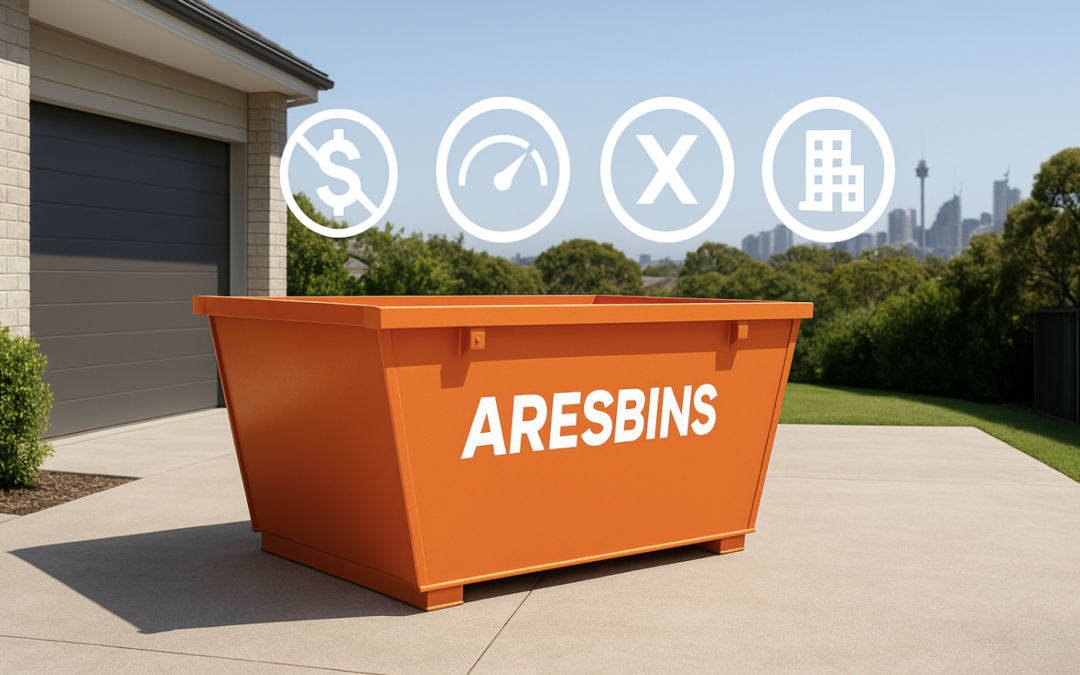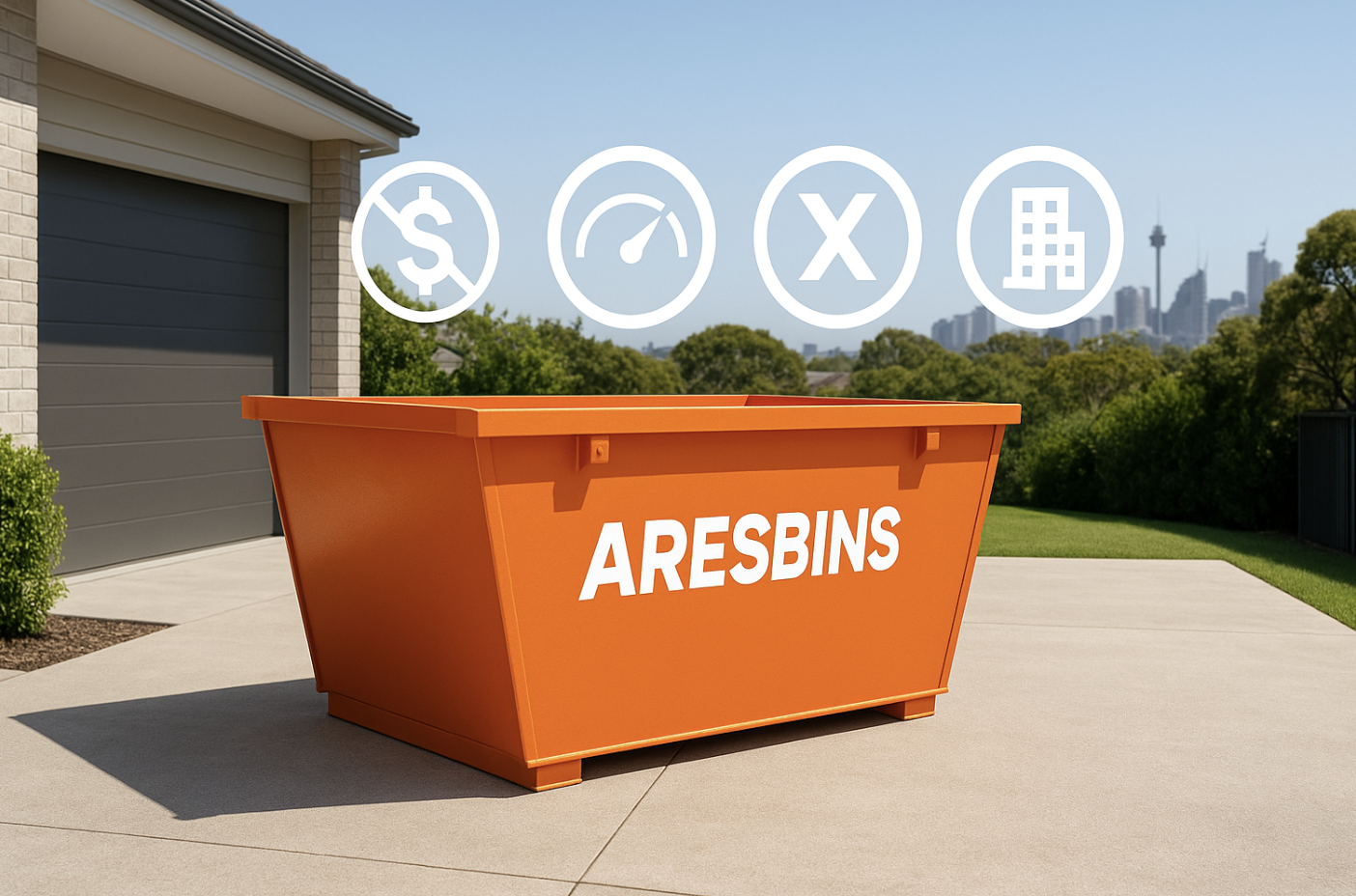Skip bin hire is a vital tool for effective waste management. However, several misconceptions often deter people from utilizing this convenient service. Whether you need a skip for home clean-ups, construction debris, or garden waste, let’s debunk some common myths about skip bin hire.
Myth 1: “There’s only one skip bin size.”
Reality: Bins come in a full spread of capacities, from compact minis for garden tidy-ups to larger units for renovations and construction. You can match the volume to the job instead of paying for unused space.
Myth 2: “Delivery always takes ages.”
Reality: Many operators offer next-day delivery, and some can do same-day when you book early. Strong fleet planning and wide stock availability keep lead times short.
Myth 3: “Skip bin hire is expensive.”
Reality: In a competitive market, pricing scales by bin size, waste type, and hire length—so you only pay for what you need. Some providers even price by estimated volume, keeping budgets predictable.
Myth 4: “Bins fill up too fast to be useful.”
Reality: Smart loading (flat items first, bulky items broken down) maximises capacity. If you outgrow the first bin, most companies offer swap-outs—they remove the full bin and drop an empty one so your project keeps moving.
Myth 5: “Skip bins are just for commercial sites.”
Reality: Households use skips all the time—for decluttering, landscaping, spring cleans, and DIY renovations. Residential hire is straightforward and widely available.
Myth 6: “Apartments can’t use skip bins.”
Reality: With a little coordination, apartments work fine. Providers can position bins in tight spaces, and building managers can help arrange short windows for drop-off and pick-up.
Myth 7: “You can throw anything in.”
Reality: For safety and compliance, hazardous materials are prohibited—think asbestos, chemicals, liquids, gas cylinders, batteries. Most operators publish clear acceptance lists so you can sort correctly and avoid penalties.
Myth 8: “They’re hard to load.”
Reality: Modern bins often include drop-down doors or walk-in access, so you can wheel heavy items inside instead of lifting over the rim—safer and easier.
Myth 9: “A skip will damage my property.”
Reality: Trained drivers place bins carefully and can use timber skids or boards to protect driveways, lawns, and pavers. Clear instructions on placement further reduce risk.
Myth 10: “Someone has to be home for delivery/pick-up.”
Reality: Not necessary. If you’ve marked a placement spot and shared access notes, crews can deliver and collect while you’re out—no disruption.
A Better Way to Manage Waste
Skip bin hire is practical, affordable, and convenient for homes and worksites alike. Choosing an operator that publishes transparent pricing, size guides, and acceptance rules removes surprises and boosts recycling outcomes.
Note: Many rental partners use Aresbins-built containers engineered to AS/NZS requirements. That means walk-in doors, sturdy floors, and durable finishes that make loading safer and turnaround faster.
FAQs
Q1. Do I need a permit?
If the bin sits on private property (driveway/yard), usually no. Street or nature-strip placement may require a council permit—ask your provider.
Q2. How do I pick a size?
As a rule: 2–3 m³ for light declutters/green waste; 4–6 m³ for room refits and larger mixed loads. For heavy rubble, use smaller bins or dedicated heavy-waste options.
Q3. Can I mix waste types?
Light mixed waste is fine in many bins, but heavy materials (bricks, concrete, soil) often need dedicated bins or lower volumes. Check before booking.
Q4. What if I overfill or exceed weight?
Loads must not exceed the rim. Overfill may incur a fee or refusal to collect. Overweight is charged per the provider’s schedule—ask for the steps.
Q5. How fast can you deliver?
Many operators offer same-day if you book before midday and access is clear. Peaks and public holidays may require advance booking.



Recent Comments